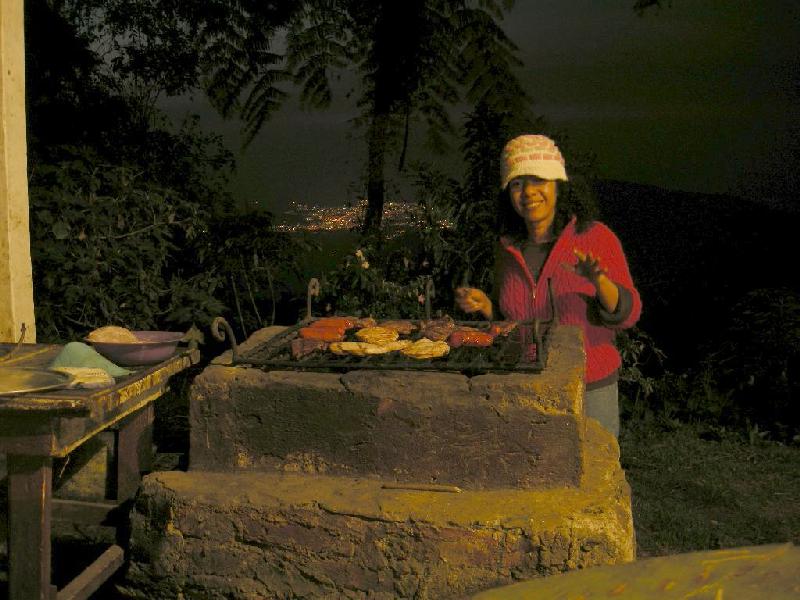

My wife Juanita behind the BBQ with Santa Marta in the background.
Cuchilla San Lorenzo, Feb. 2008
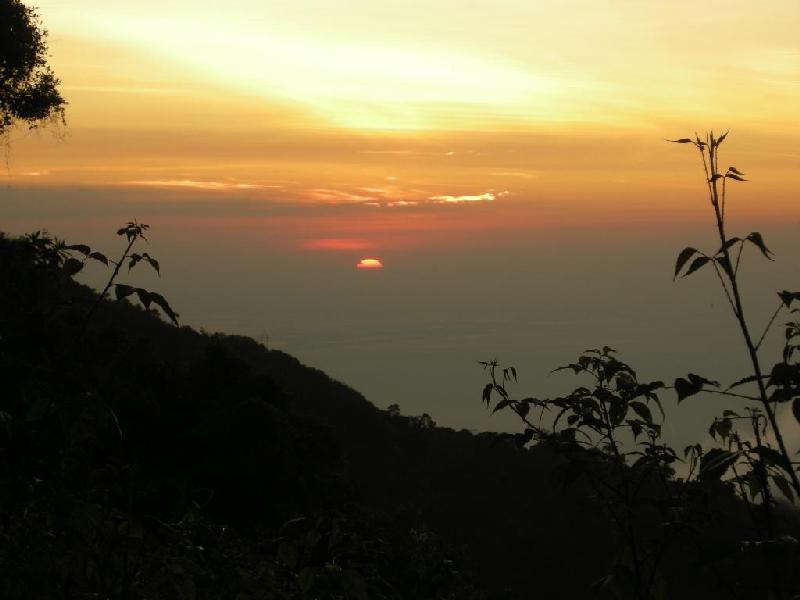
Sunset over the sea for our lodge.
Cuchilla San Lorenzo, Nov. 2007

One of the more difficult endemics is the Santa Marta Bush-Tyrant (Myiotheretes pernix).
In April it was easy seen just in the open.
Cuchilla San Lorenzo, April 2008
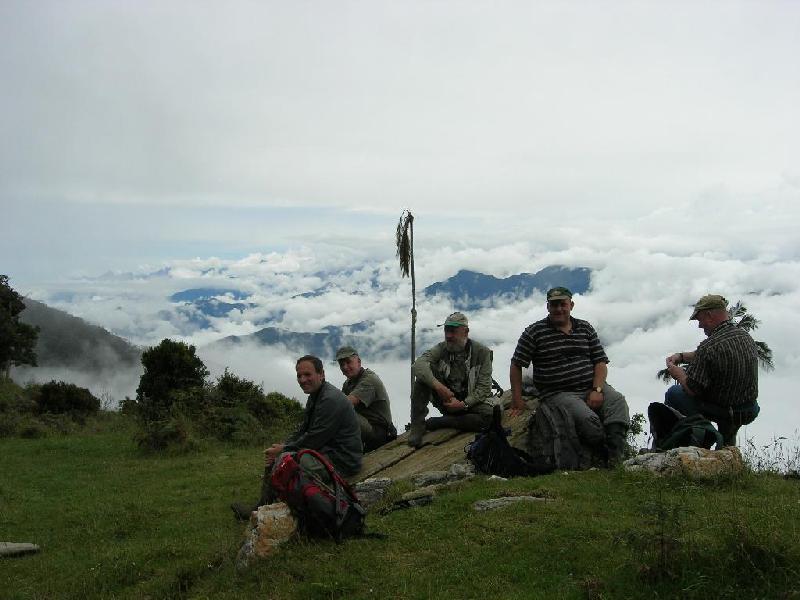
Belgian/Dutch participants with view towards the Santa Marta mountains.
Cuchilla San Lorenzo, Nov. 2007
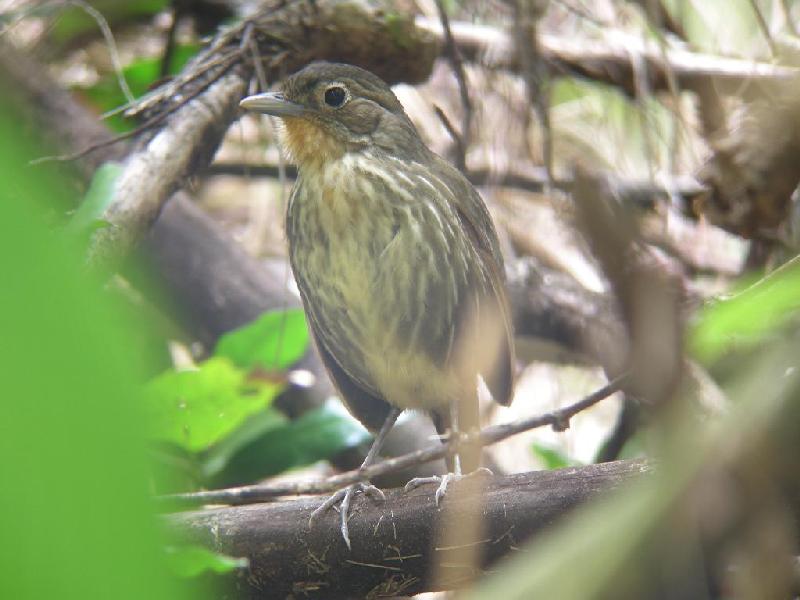
Antpitta's are usually quite shy. This Santa Marta Antpitta (Grallaria bangsi) wasn't like that in April.
He was feeding and cleaning his feathers just next to the road at oly 4 meters away from us.
Cuchilla San Lorenzo, April 2008

Blue-naped Chlorophonia (Chlorophonia cyanea) at the feeders of the "Mora" (Blackberry) shop.
Cuchilla San Lorenzo, Feb. 2008

Black-&-White Owl (Ciccaba nigrolineata) in the garden of our lodge.
Minca, Feb. 2008

View from the semi-dry scrub towards the snow-capped Santa Marta mountains.
Los Flamencos PN, Feb. 2008
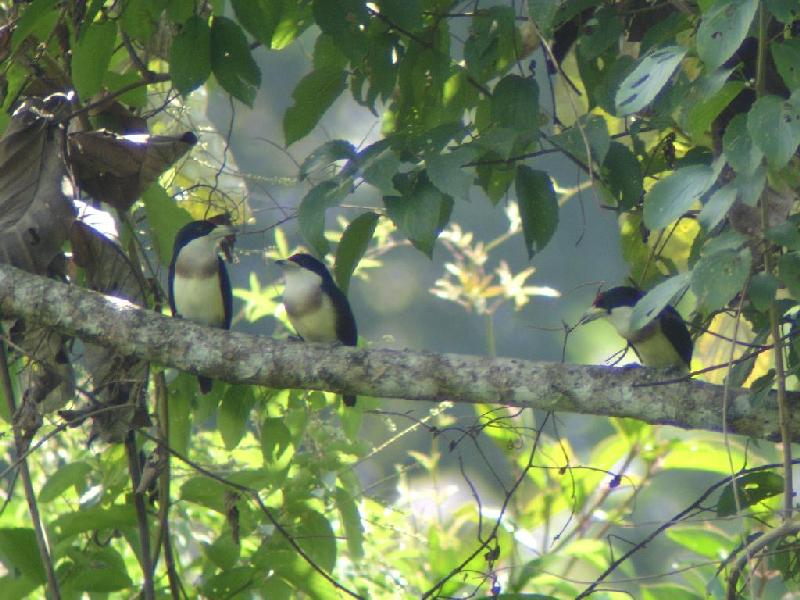
A group of White-mantled Barbets (Capito hypoleuca). © 2008 Juan David Ramirez.
Cañon del Rio Claro, Feb. 2008
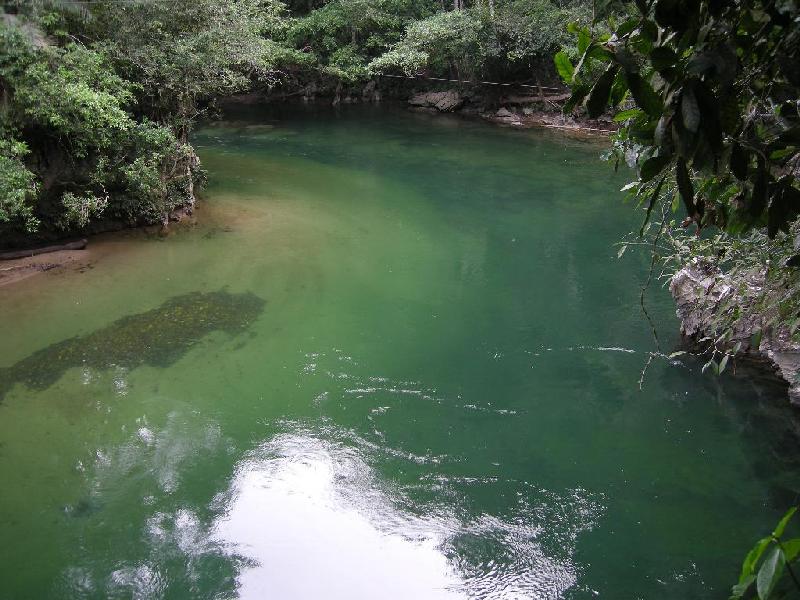
The cristal clear water of Rio Claro.
Cañon del Rio Claro, Feb. 2008

View from our room onto the Rio Claro.
Cañon del Rio Claro, April 2008
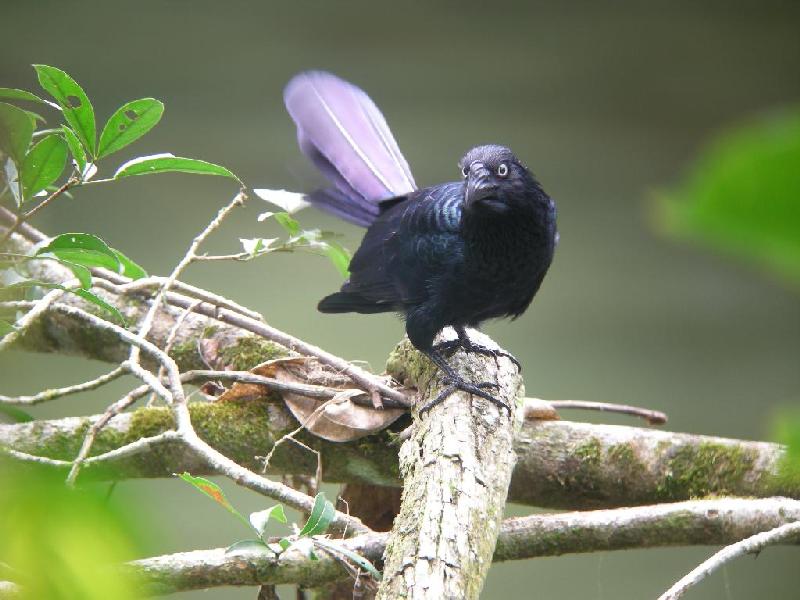
Greater Ani (Crotophaga major) displaying.
Cañon del Rio Claro, April 2008

Fasciated Tiger-Heron (Tigrisoma fasciatum) fishing closeby the lodge.
Cañon del Rio Claro, April 2008
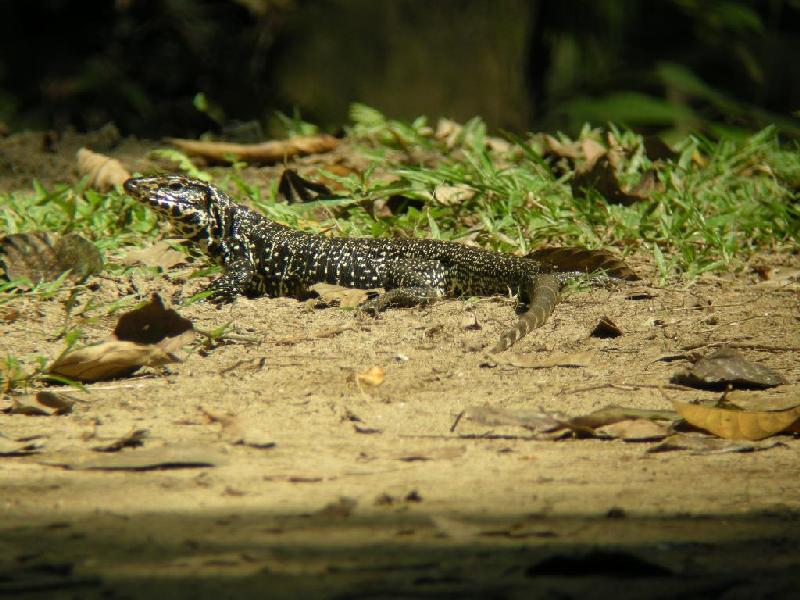
A Black-&-White Tegu (Tupinambis merianae) was taking a sunbath.
Cañon del Rio Claro, April 2008

View over the super wet Choco lowlands.
El Cairo, Feb 2008
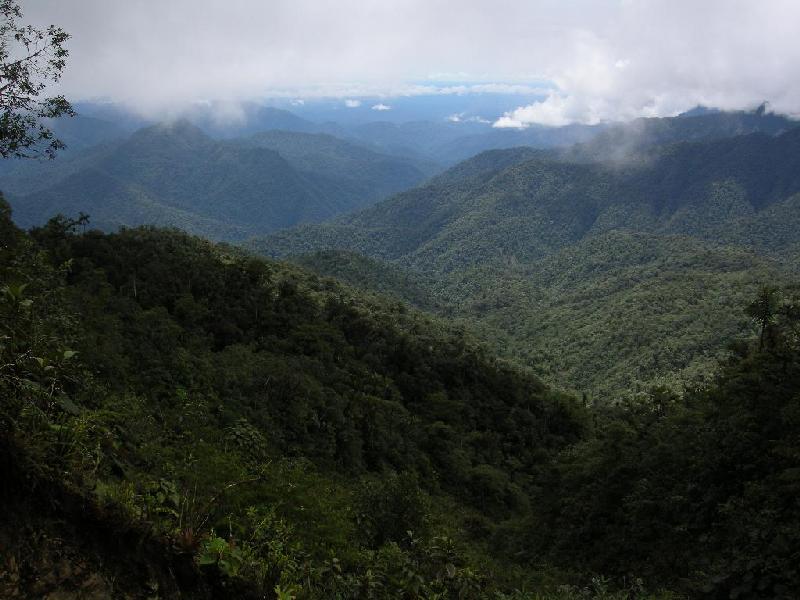
It seldom doesn't rain here.
El Cairo, March 2008
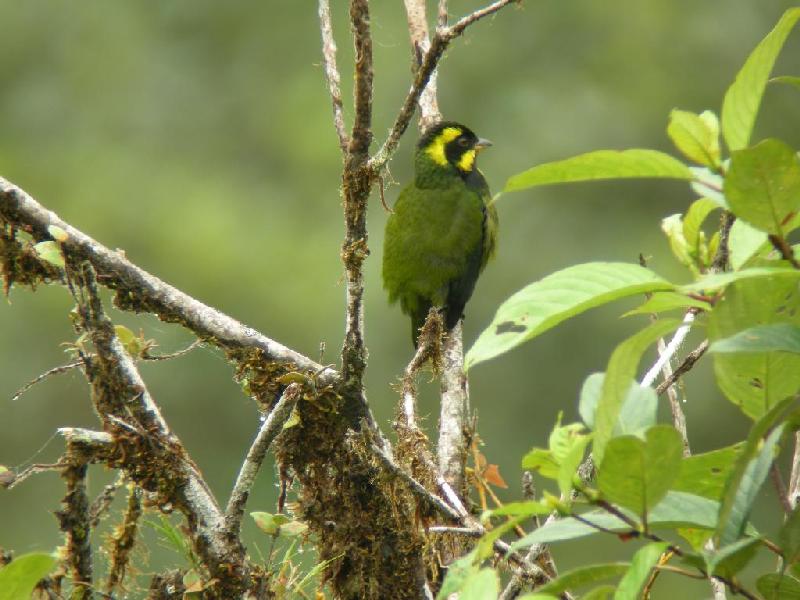
The starbird of the Western Andes: Gold-ringed Tanager (Bangsia aureocincta).
El Cairo, Feb 2008

Snake crossing the trail.
El Cairo, Feb 2008
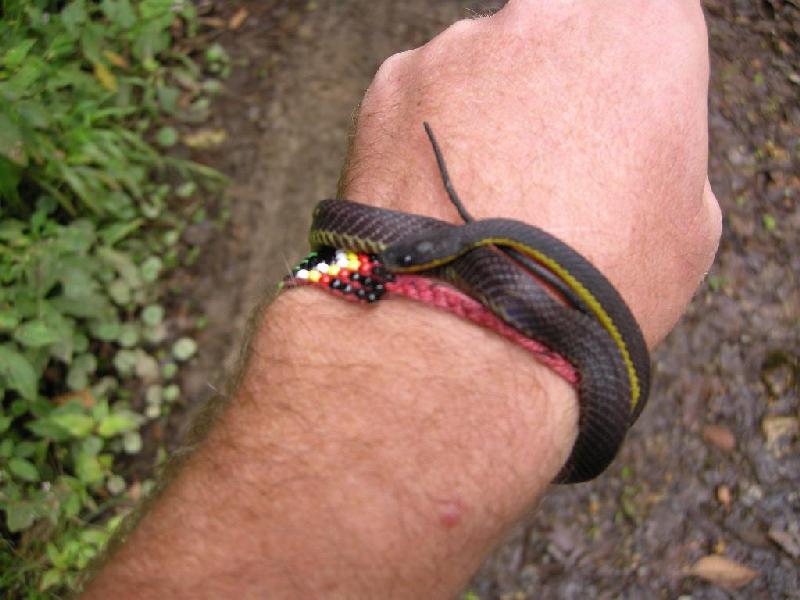
Many species of snakes can be found here.
El Cairo, March 2008
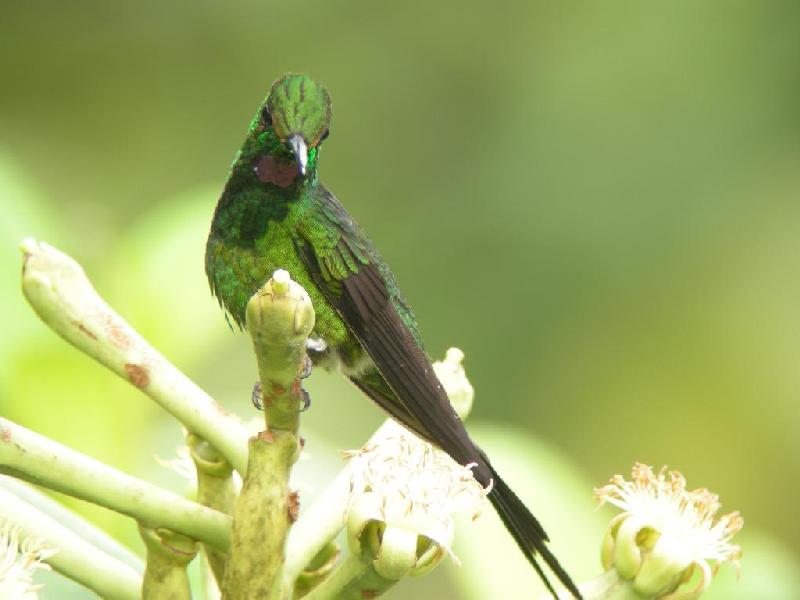
This Empress Brilliant (Heliodoxa imperatrix) came always back to this flower,
which he used as well as a strategic point to overlook his territory.
El Cairo, Feb 2008
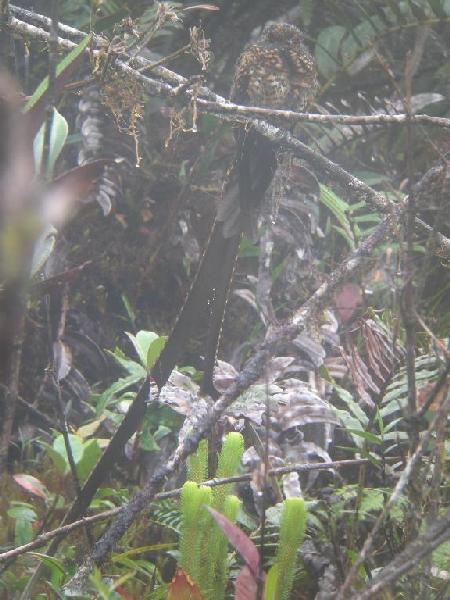
Lyre-tailed Nightjar (Uropsalis lyra) surprised during daytime.
Unfortunate it wasn't easy taking some shots in the rain and mist.
El Cairo, Feb 2008

Red-ruffed Fruitcrow (Pyroderus scutatus) are quite common in the reserve.
Reserva Otun-Quimbaya, March 2008

Yellow-eared Parrots (Ognorhynchus icterotis) descending in wax palm to roost.
Jardin, March 2008

This endemic Velvet-fronted Euphonia (Euphonia concinna) was building its nest at 2 meters from our lodge.
Mana Dulce, Feb 2008
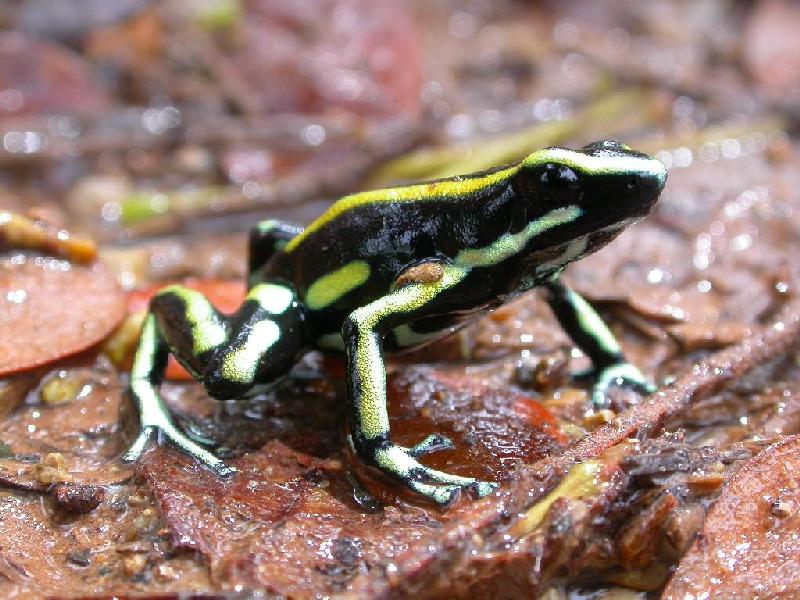
A Yellow-striped Poison Arrow Frog (Dendrobates truncatus) was crossing the road.
Mana Dulce, Nov 2007
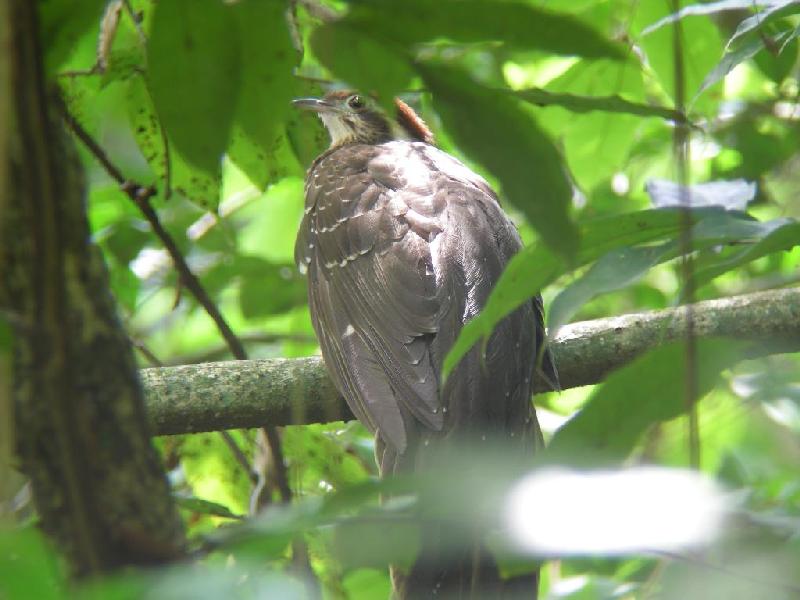
This Pheasant Cuckoo (Dromococcyx phasianellus) was everytime heard, but not often seen.
Incredible that a bird that big can still be invisible even if it was calling from only 5 meters.
Mana Dulce, Dec 2007
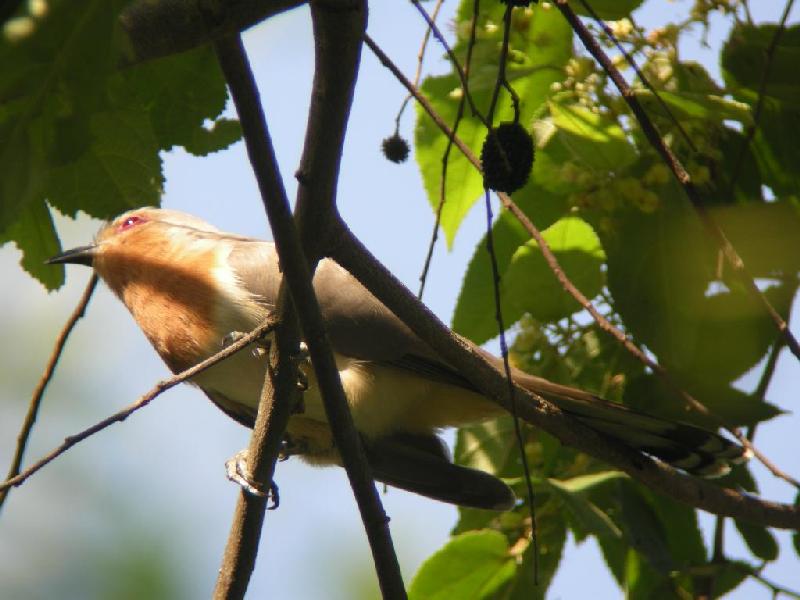
The Dwarf Cuckoo (Coccyzus pumilus) was easier seen. Very often it was just seen in the trees above the lawn.
Mana Dulce, Nov 2007
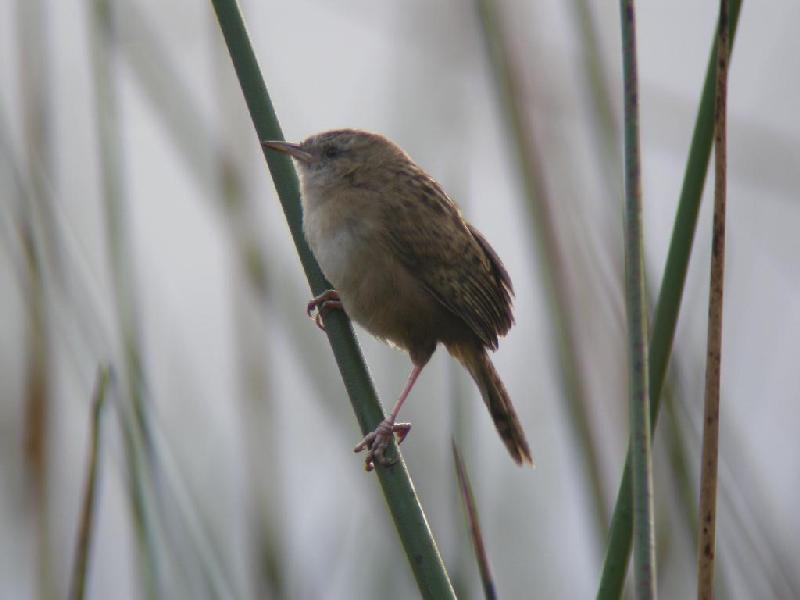
Apolinar's Marsh-Wren (Cistothorus apolinari) at the lake edges.
Fuquene, Feb 2008
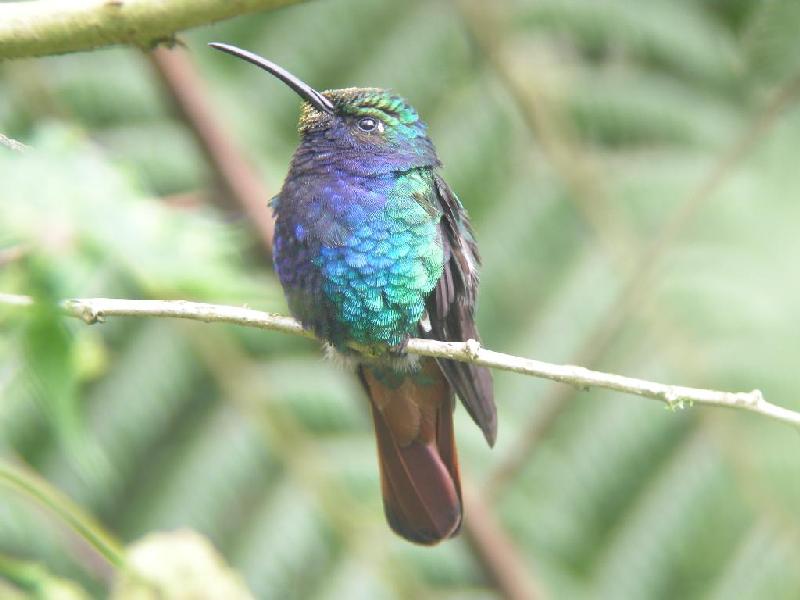
The botanical gardens of Rogitama hold many species of hummingbirds.
Recently Lazuline Sabrewings (Campylopterus falcatus) have invated
the gardens and are taking over the territories of Black Inca's (Coeligena prunelli).
Rogitama Biodiversidad, Dec 2007
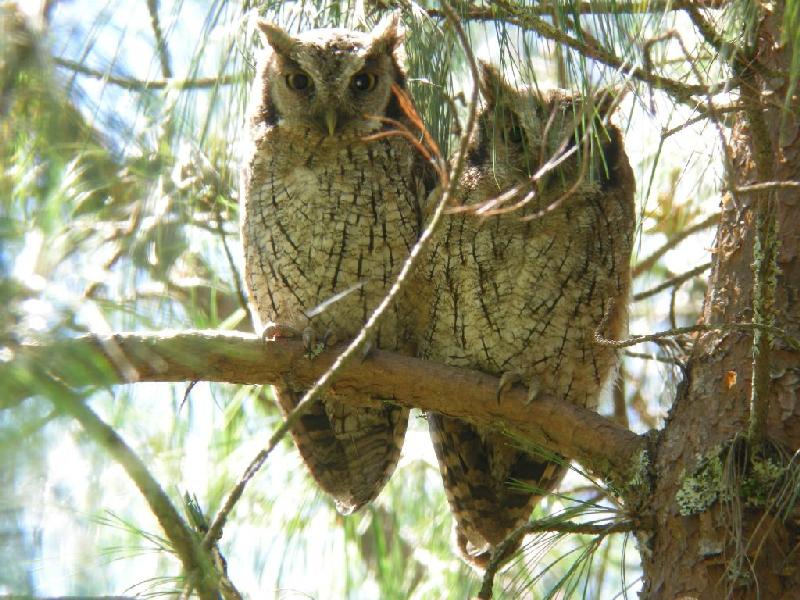
Tropical Screech-Owls (Megascops choliba) at daytime.
Rogitama Biodiversidad, Feb 2008
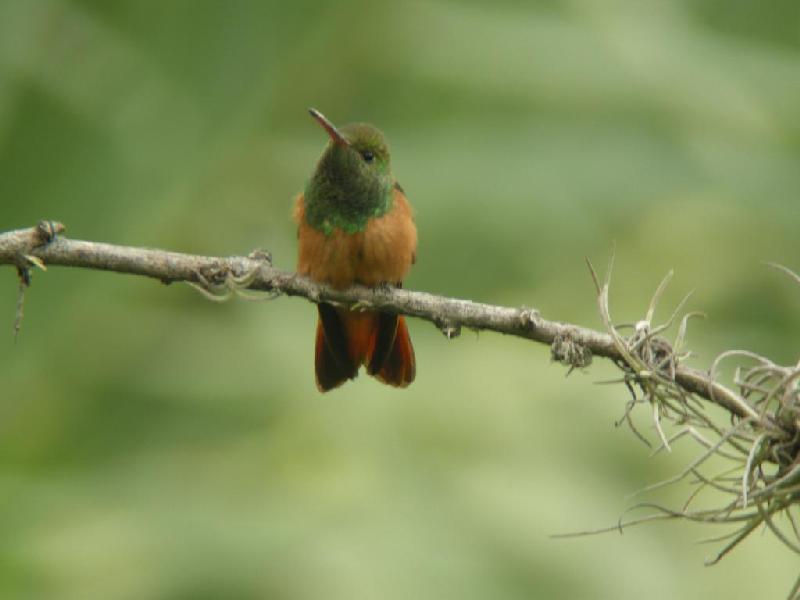
Soata is perhaps the best place to see this endemic Chestnut-bellied Hummingbird (Amazilia castaneiventris).
In the right time of the year, they can even be found at the central plaza.
Soata, Nov. 2007